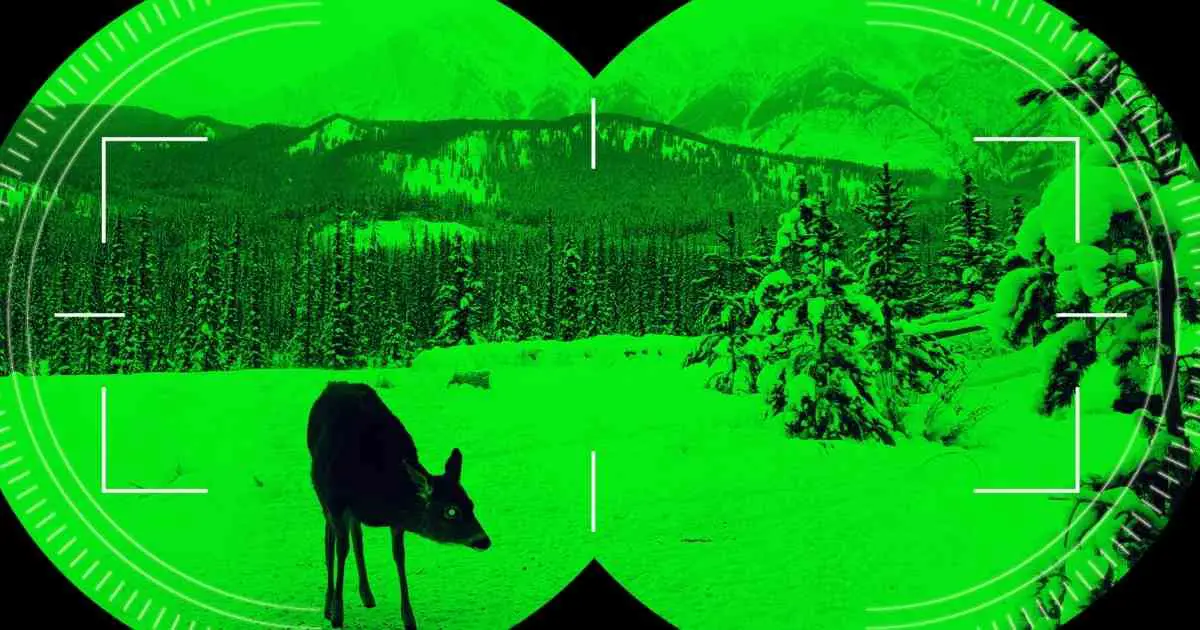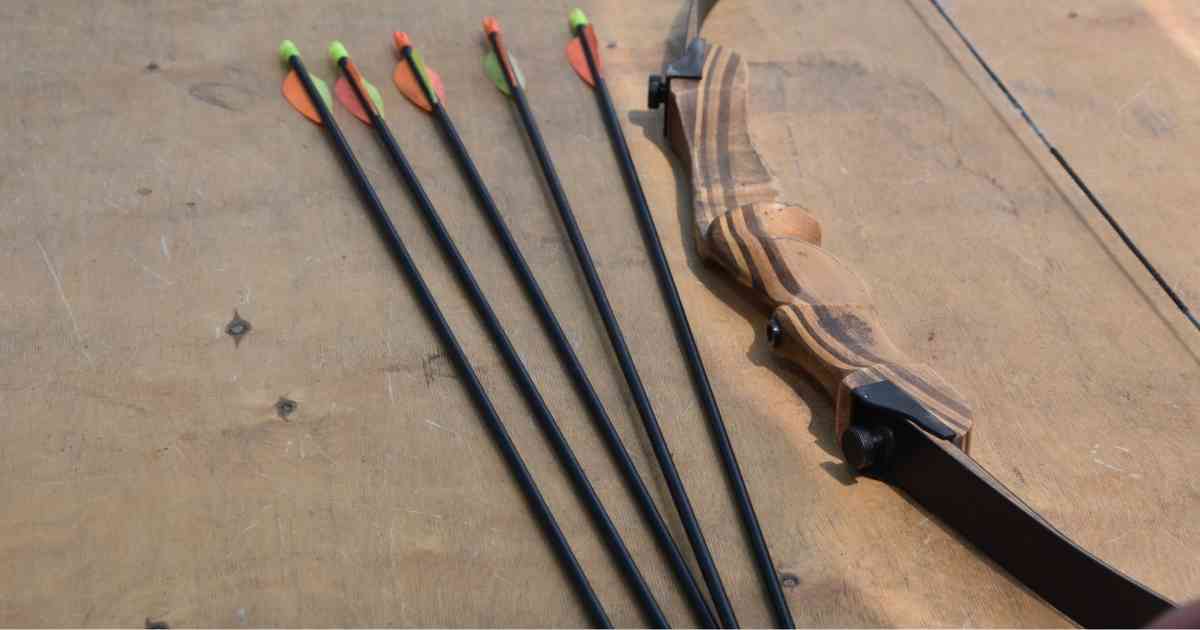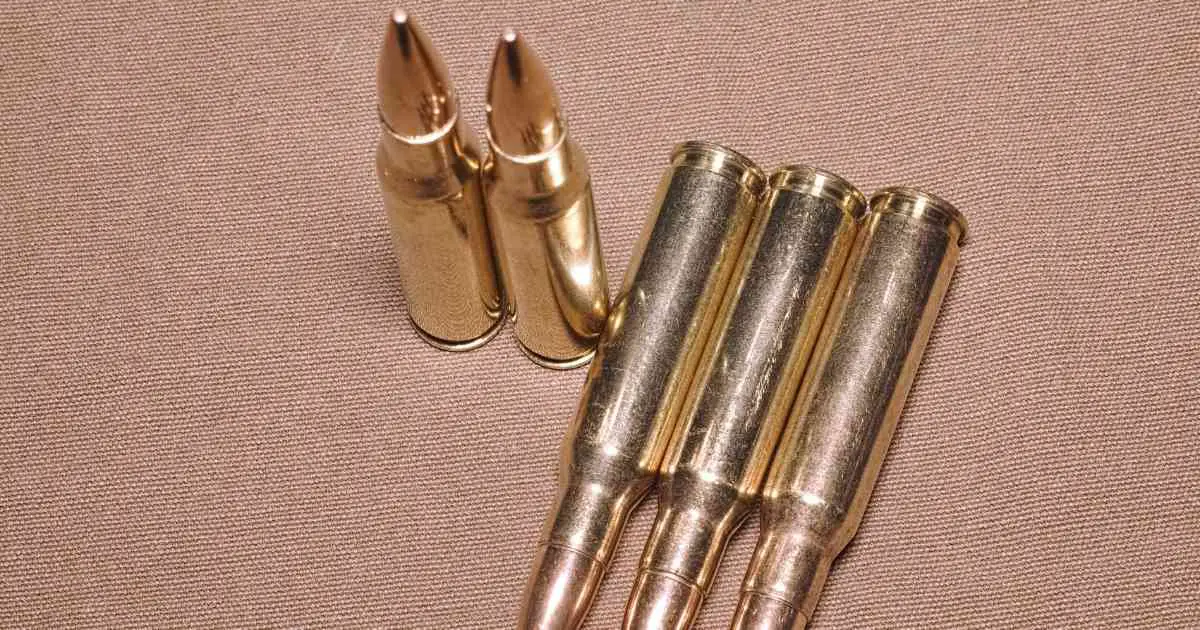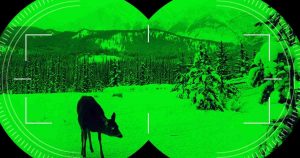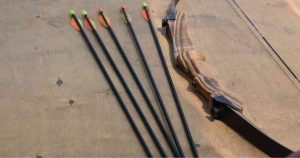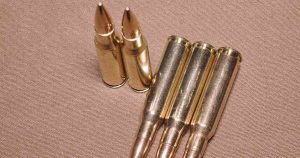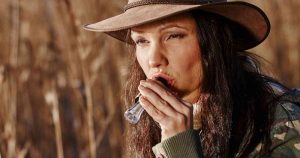Pound for pound, a deer’s nose is thousands of times more sensitive than the human nose. Heck, a deer’s nose is more sensitive than a dog’s nose. That’s why combined with its sense of hearing, a deer’s sense of smell is one of its best survival adaptations.
This means that if you are going to go deer hunting, there is a good chance that your overall success will depend on the kind of deer lures you bring with you.
Also Read: Deer Hunting Tools Check List
What You Need to Know about Scent Control
Have you ever been out on a hunt and were sure that the Whitetail you were hunting actually saw you? Well, maybe he just stopped for a second and looked right at you, the bulky silhouette of your camouflage. At that very moment, both of you pretty much stand still and play chicken with one another.
For the most part, if you stay still, the deer will probably brush it off and keep grazing. That’s because deer trust their sense of smell more than they trust any other sense. He might see you and, depending on what you do, not head for the hills. However, if he smells you, it’s tails up, and into the woods he goes.
This shows that scent control is by far one of the most important aspects of your hunt. We are talking all through the hunt from:
- Scouting
- Checking trail cameras
- Actual hunting
The thing about scent control is that you are trying to fool the deer’s nose from two fronts:
- Using attractants will get him interested enough to investigate his surroundings for another deer.
- Using scent elimination tactics to ensure that your scent is as minimized as possible in those surroundings.
For this, you will need different types of deer scents and attractants depending on what you are hunting, when, and where.
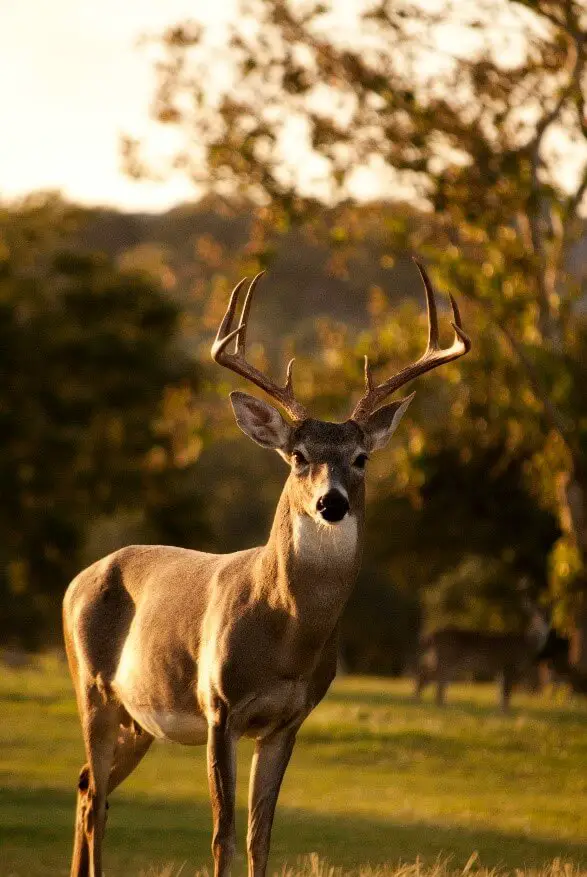
The Different Types of Deer Scents
Let’s take a look at the most basic deer lures and scents, as well as the best times to use them, depending on your specific situation.
Doe and Buck Urine
Doe and buck urine is a common attractant that works at any time of the year. This attractant is exactly what it sounds like urine from a doe or a buck. Since deer tend to go in the woods, urine scent is quite commonplace to them and will help calm their nerves and raise their curiosity. Doe urine will attract both does and bucks, while buck urine will attract only bucks.
Doe Estrous Scent
This scent is from a doe that is in heat. Since her hormones change her urine chemistry, using this scent will tell a buck that there is a doe ready to mate in the area, and he will come investigating.
The best time to use this attractant is at either end of the rut period. While you can also use it during the peak rut, your chances of success here are slightly diminished since most bucks in the area are probably already locked with breeding does. It would be a hard sell to convince a buck that already has a doe in sight to go investigating another.
Buck Tarsal Gland Scent
Whenever a buck scrapes, he holds his hind legs together so that he can urinate down them. That urine trail mixes with oily secretions from the tarsal gland (the stained patch on the inside of his knees). This combination communicates the deer’s hierarchy and status in the herd. This lure is best used during the active rutting period, but it can also be used throughout the fall.
Forehead and Pre-Orbital Gland Scent
Before a buck scrapes, he will go out of his way to find a licking branch hanging just over four feet above the ground. As he scrapes under the branch, he rubs his forehead and eyes on the branch leaving scents from his forehead and pre-orbital glands.
You can buy a synthetic version of this pre-orbital gland scent. You can apply some of it to random licking branches above potential scraping areas. This scent works best during the peak rut period as well as during the pre-rut period.
Tips on How to Use Deer Lures
Here is a video giving you tips on how to use deer lures and scents:
As you can see, there is a science to this, and these tactics do work. Here is a quick rundown on how to use deer lures even for beginners:
- Create a mock scrape: This provides you with a wonderful opportunity to distract a buck. All you have to do is find a licking branch about four feet off the ground, scratch the ground underneath it with a stick (try exposing about a two-foot circle of soil). That sweet smell of soil will attract the buck. By adding some Buck Urine to the area, you can be sure that bucks will come to investigate whenever they are around.
- Use a rattle call: A deer rattle call is best used during the pre-rut period. In addition to the rattle call, you should consider adding the scent of a buck that is ready to fight. The best option here is to use a Tarsal Gland scent, which will tell any nearby bucks that there is a challenger in the area, and they are sure to come to see for themselves.
- Use doe estrus during the rut: The rut period is when you have the best chance of bagging that buck. At this point, their hormones are raging so much that they are willing to investigate pretty much any scent that resembles that of a doe in heat. This is where Doe Estrus comes into play. You can simply drag a scent trail leading to your tree stand.
These deer lures and scents can make your hunting season extremely successful and quite enjoyable when done right.

